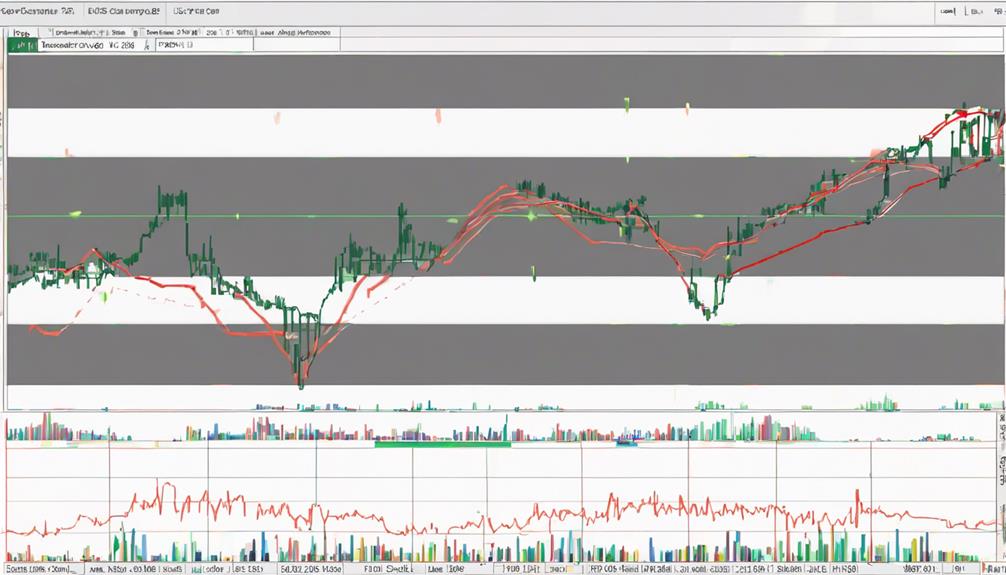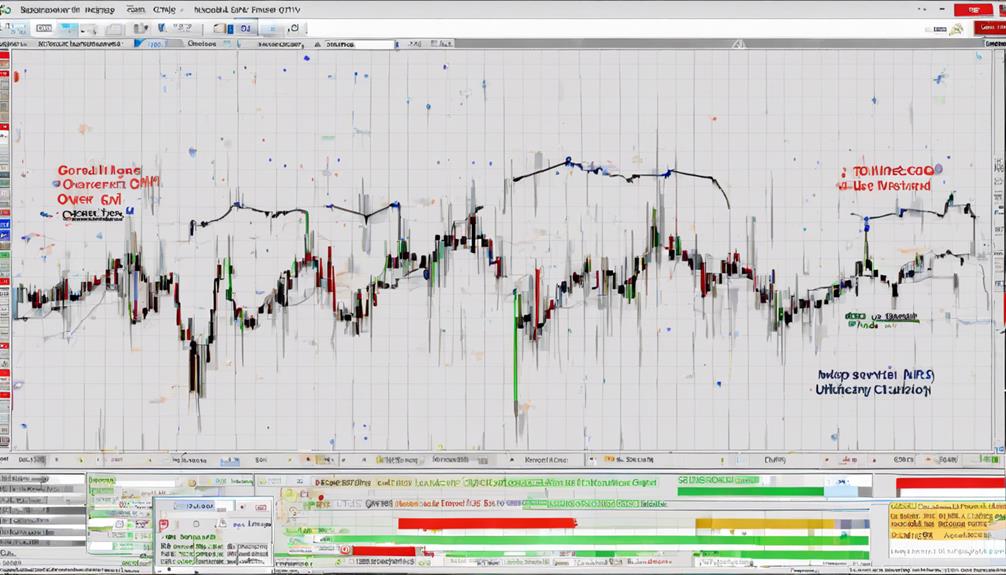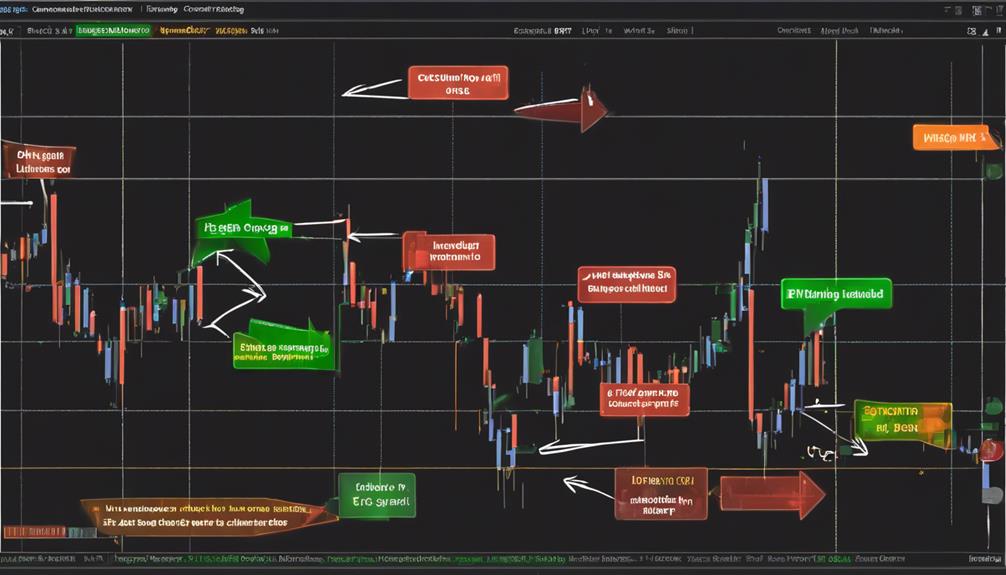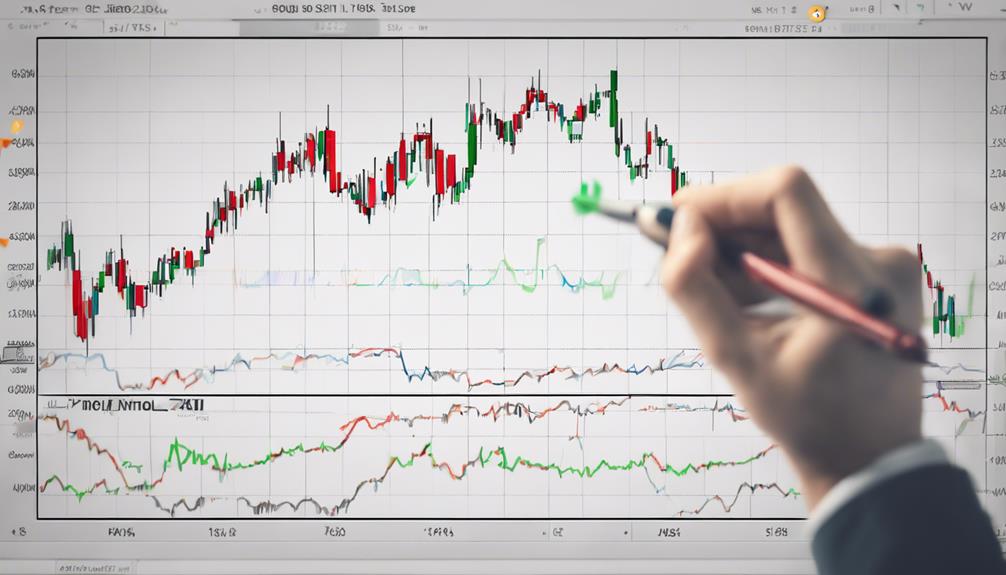The Commodity Channel Index (CCI) stands as a fundamental tool in the arsenal of traders across various financial markets. With its ability to offer insights beyond traditional price trends, understanding how to effectively interpret and apply the CCI can significantly enhance trading strategies.
From calculating the index to deciphering signals and implementing advanced strategies, navigating the complexities of the CCI can lead to more informed decision-making and potentially improved trading outcomes.
As we delve into the comprehensive guide to the Commodity Channel Index, we unearth a world of possibilities for traders seeking a deeper understanding of market dynamics.
Understanding Commodity Channel Index Basics
Developed by Donald Lambert in the 1980s, the Commodity Channel Index (CCI) is a valuable technical indicator widely used in trading to gauge overbought and oversold conditions in the market.
By comparing an asset's current price to its Moving Average (SMA), the CCI helps traders identify potential reversal points. Traders consider a high CCI value as a signal of overbought conditions, suggesting that the asset price may soon decrease. Conversely, a low CCI value indicates oversold conditions, implying a potential price increase.
This indicator's ability to adapt to various trading timeframes makes it a versatile tool for market analysis. The CCI's effectiveness in detecting market deviations beyond typical price trends has contributed to its popularity among traders across different financial markets.
Calculating the Commodity Channel Index

The calculation of the Commodity Channel Index involves determining the difference between the asset's Typical Price and its Simple Moving Average (SMA) divided by a factor based on the Mean Deviation. The formula for CCI is: CCI = (Typical Price – SMA) / (0.015 * Mean Deviation).
Here are some key points to consider when calculating the Commodity Channel Index:
- Mean Deviation provides insight into the average deviation of the Typical Price from the SMA.
- Traders can adjust the period of CCI to suit their trading strategies and timeframes.
- Typical Price is calculated as the average of the high, low, and closing prices over a specified period.
- The CCI calculation involves comparing the asset's price to its statistical average to assess momentum and potential market conditions.
Interpreting Commodity Channel Index Signals

When interpreting Commodity Channel Index signals, traders can utilize the values to assess potential market conditions based on overbought or oversold indications. Positive CCI values typically indicate potential overbought conditions, suggesting a possible price correction or reversal may occur. Conversely, negative CCI values often signal potential oversold conditions, indicating a potential buying opportunity.
In addition to overbought and oversold conditions, CCI can also help identify divergence, trend reversals, trend-following opportunities, and price extremes. To align CCI with specific trading strategies and timeframes, traders can adjust the period parameter. Furthermore, combining CCI with other technical indicators such as Moving Averages, RSI, MACD, and Bollinger Bands can provide traders with a more comprehensive analysis and enhance their trading decisions.
Strategies for Using Commodity Channel Index

Utilizing strategic approaches when incorporating the Commodity Channel Index (CCI) into trading methodologies can significantly enhance market analysis and decision-making processes. Traders can benefit from the following strategies:
- Identifying Overbought and Oversold Conditions: CCI can help traders pinpoint overbought and oversold levels, indicating potential price reversals.
- Spotting Trend Reversals: By analyzing divergence between price action and CCI, traders can anticipate trend reversals and adjust their positions accordingly.
- Utilizing Historical Data: Customizing CCI thresholds based on historical data for specific assets can optimize trading signals and improve accuracy.
- Integrating with Technical Indicators: Combining CCI with other technical indicators like moving averages and RSI can enhance trading strategies, providing a comprehensive view of market conditions and improving overall decision-making processes.
Tips for Enhancing CCI Trading Success

To enhance success in trading with the Commodity Channel Index (CCI), incorporating various technical indicators and adjusting the CCI period to align with your trading strategy are essential strategies. While the standard CCI period is often set at 20, customizing it can better suit individual trading styles.
Combining CCI with Moving Averages (MAs), such as the Simple Moving Average (SMA), Relative Strength Index (RSI), Moving Average Convergence Divergence (MACD), and Bollinger Bands, can provide a more comprehensive analysis. CCI is particularly useful in identifying overbought and oversold conditions, divergence, and potential trend reversals in financial markets.
Utilizing CCI on different timeframes in Forex trading can help confirm trends and establish effective levels for trading decisions. To maximize CCI trading success, it is crucial to practice proper risk management, conduct backtesting, and engage in continuous learning to refine trading strategies and adapt to market conditions effectively.
How Can I Use the Commodity Channel Index to Make Informed Trading Decisions?
To improve your trading decisions, focus on interpreting commodity channel index signals. This indicator gauges overbought or oversold conditions, giving insight into potential price reversals. By understanding CCI signals, traders can make informed choices about when to buy or sell, leading to more successful trades.
Frequently Asked Questions
What Is the Commodity Channel Index?
The Commodity Channel Index (CCI) is a momentum oscillator that measures the relationship between an asset's price and its statistical average. Traders use CCI to identify overbought and oversold market conditions across various financial markets.
When Should I Buy a CCI Indicator?
Consider buying a CCI indicator when seeking to pinpoint overbought or oversold market conditions, identify potential trend reversals, confirm trading strategies across various timeframes, and establish effective stop loss and take profit levels in Forex trading.
What Is the Best Setting for the Commodity Channel Index?
Selecting the optimal setting for the Commodity Channel Index (CCI) is pivotal for traders. While the standard 20 period is common, adjusting to 14 or 30 can cater to diverse strategies. Experimentation and customization are key for precision.
How Do You Read a CCI Index?
Reading a CCI index involves monitoring levels above +100 for potential overbought conditions and below -100 for potential oversold conditions. The zero line serves as a crucial reference point, with divergence from price movements indicating possible trend weakness and reversals.
Conclusion
In conclusion, the Commodity Channel Index is a valuable tool for traders seeking to analyze market conditions and make informed decisions. By understanding how to calculate and interpret CCI signals, traders can develop effective strategies for trading success.
Utilizing CCI in conjunction with other indicators can provide a comprehensive analysis of market trends and potential price reversals. With the proper knowledge and application, traders can enhance their trading strategies and achieve profitable outcomes in various financial markets.
